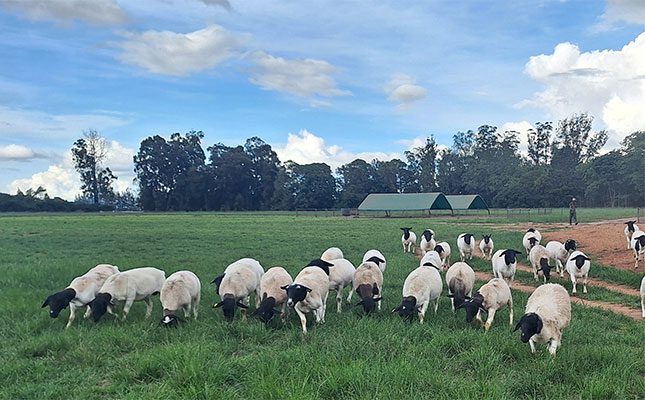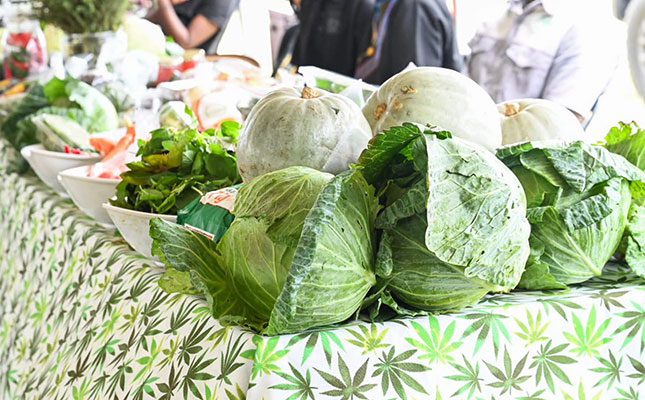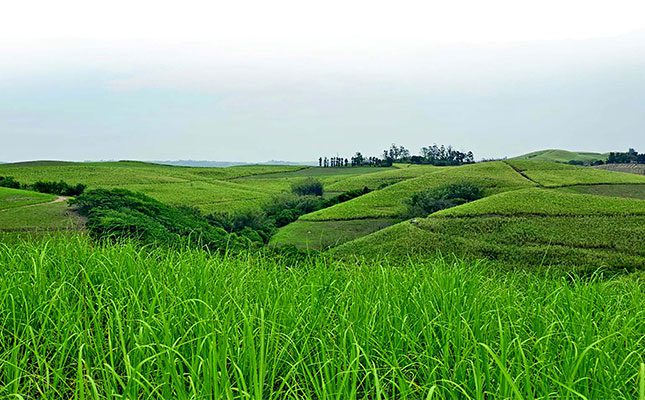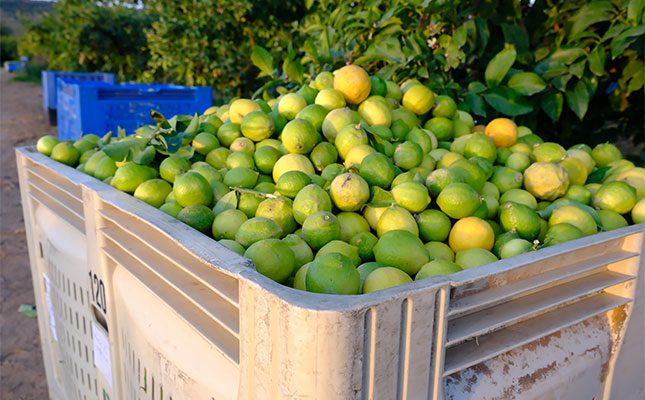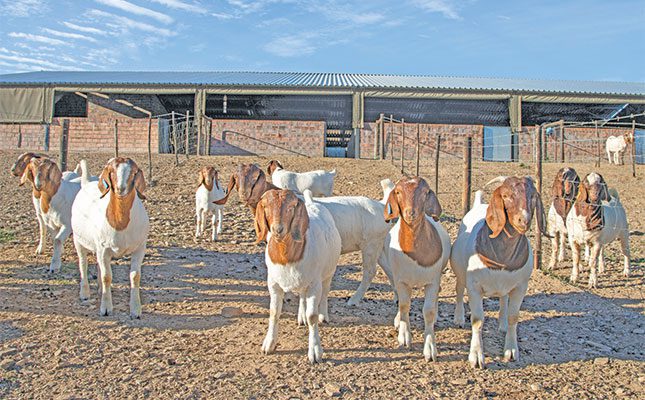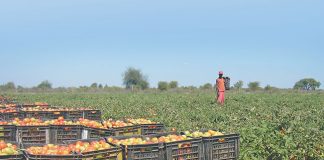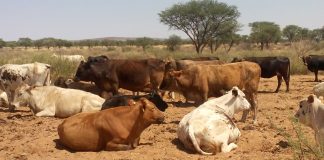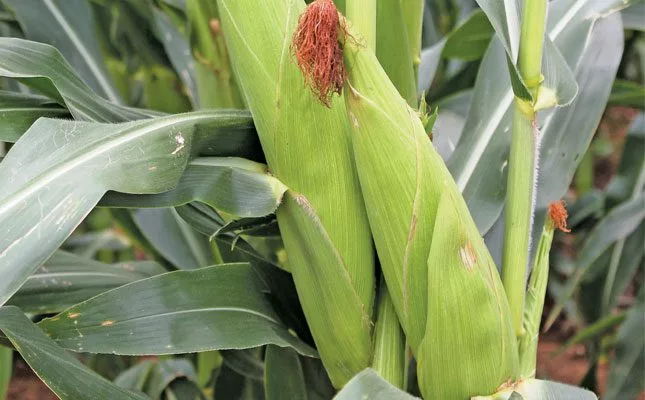
Zimbabwe has gazetted regulations removing the ban on imports but has imposed some restrictions, due to come into effect in the second quarter of next year.
“With effect from 1 April 2026, all processors must source at least 40% of their annual requirements of grain, oilseed, and products [in Zimbabwe,] and with effect from 1 April 2028, 100% of all annual requirements of grain, oilseed, and products must be sourced locally,” the regulations stated.
‘We will still protect our farmers’
Speaking to Farmer’s Weekly, Zimbabwe’s Permanent Secretary for the Ministry of Lands, Agriculture, Fisheries, Water and Rural Development Obert Jiri said the lifting of the ban did not mean that Zimbabwe was no longer interested in protecting its farmers.
“We protect our farmers when they harvest so that they can have a market. But as time goes on, stocks for commercial use [run low], and we then open up to allow millers to [operate at] their capacity. That’s the rationale; it doesn’t mean we don’t want to protect our farmers anymore,” he explained.
Zimbabwe’s Deputy Minister of Industry and Commerce Raj Modi, who is also a prominent businessperson running a chain of supermarkets in the country, confirmed that he had lobbied the government to lift the ban because he was seeing some shortages on the local market.
“I can’t comment much on it because it’s not part of my ministry, but yes, I only worked on that because there were shortages of maize. So, we asked the government to [lift the ban],” he said.
South Africa welcomes scrapping of ban
In a statement, South Africa’s Minister of Agriculture John Steenhuisen welcomed the lifting of the ban. He said the move marked a return to sound economic principles essential for the prosperity and stability of the Southern African region.
Steenhuisen added that exports stabilised local prices, and the Zimbabwean market played an important role for white and yellow maize.
“The agriculture sector thrives on predictability and efficiency, and restrictive trade measures, while sometimes intended to protect local producers, too often lead to market distortions that ultimately harm the consumer,” he said.
“By allowing the free flow of maize, particularly white maize that our people on the continent consume as a staple food, we are sending a clear signal of confidence to our agribusinesses and exporters, encouraging the investment and expanded production that benefits all in the Southern African Development Community member states.
“It strengthens regional integration and ensures that surplus-producing nations can readily meet the needs of their neighbours,” Steenhuisen added.
No evidence of a bumper harvest
Wandile Sihlobo, chief economist at Agbiz, said that despite claims of a bumper harvest, there was no clear evidence that Zimbabwe had sufficient locally produced maize supplies.
He explained that in its recent post-harvest assessment for the 2024/25 season, the Zimbabwean government forecast its maize harvest at 1,8 million tons, which was well above the estimate of 1,3 million tons from the Pretoria office of the US Department of Agriculture’s (USDA) Foreign Agricultural Service.
“Admittedly, the Zimbabwean government has a history of being somewhat optimistic about its harvest estimates than reality warrants. Thus, we suspect the actual harvest is perhaps close to the USDA’s figure of 1,3 million tons.
“We say this because right after Zimbabwe announced a ban on its maize imports at the end of August, we learnt of the shortages of maize that millers experienced. Had the country harvested 1,8 million tons, it would have been hard to imagine that news of shortages of maize supplies would have been announced that fast.
“The millers would have relied on the domestic supplies for some time and perhaps started running out of the local supplies at the end of the year and in the first quarter of 2026,” Sihlobo said.
“Remember, Zimbabwe’s annual maize needs are about 2 million tons; therefore, a harvest of 1,8 million tons would have been close to meeting the local needs. The fact that the shortages were experienced so quickly means the shortfall was notable.”
He added that the lifting of the ban meant Zimbabwean households would be able to access competitively priced maize from the world market, which should help to ease domestic food price inflation.
Sihlobo said the likely suppliers of maize to Zimbabwe would be South Africa and Zambia. He added that from the start of September 2025, which was a period under the maize import ban, maize exports from South Africa to Zimbabwe amounted to 65 090t, raising questions about whether the ban was quietly removed, and that the recent announcement was just a formality.
He said that, aligning with the USDA’s estimate of Zimbabwe’s 2024/25 maize production at around 1,3 million tons, the country was likely to import around 700 000t.
For South Africa, this meant that regional maize demand could be strong in the coming months, which was somewhat supportive of the domestic prices that have declined notably, he added.
“South Africa’s 2025/26 marketing year maize exports so far stand at 729 690t, which is far below the seasonal export forecast of 2,2 million tons. Zimbabwe accounts for 18% of these exports. The rest is spread across the Southern Africa region, as well as countries like Venezuela, Sri Lanka, Taiwan, and Vietnam, among other importers,” Sihlobo said.
“It is likely that with the formal lifting of the ban, Zimbabwe’s share in South Africa’s maize exports will increase. Zimbabwe is typically part of South Africa’s maize market, specifically for white maize exports for human consumption,” he added.


